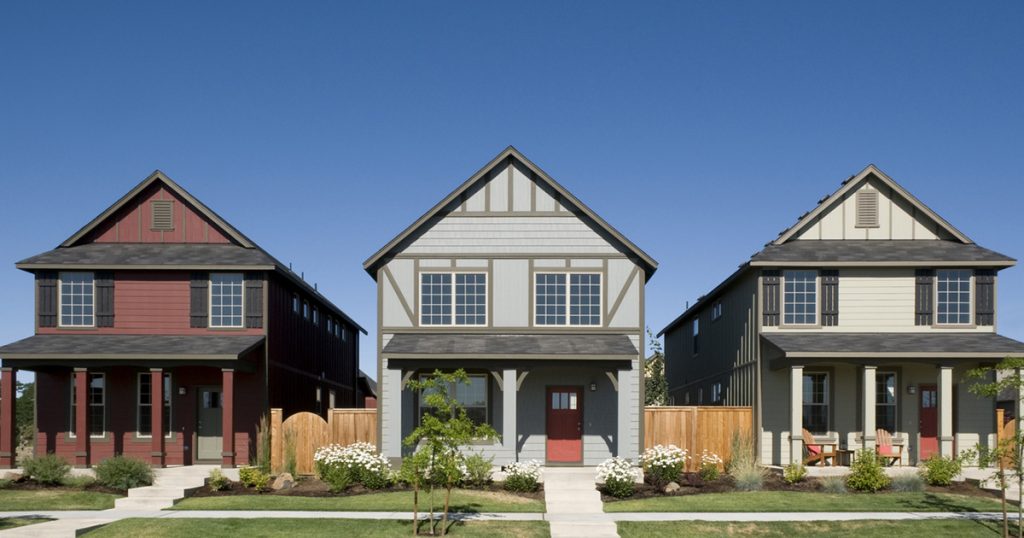The Internal Revenue Service considers four different types of real estate. Specific types of properties have benefits based on their classification. The determination does not depend on the property itself as much as it depends on how the property is used and what the owner’s intentions are.
Principal Residence … a principal residence is the place a person lives or expects to return if they are temporarily away from it. It could be a single family, detached home or condominium or a duplex, tri-plex or four-unit. The owner(s) can deduct the qualified mortgage interest and property taxes on the schedule A of their tax return. There is a capital gains exclusion on profit of up to $250,000 for a single taxpayer and up to $500,000 for a married taxpayer.
Income Property – is improved property that is rented or leased to tenants as opposed to using it personally. It can include houses and condos, apartment buildings, office complexes, shopping centers, warehouses and other commercial buildings. Depreciation is allowed on the improvements. For property held more than one year, the profits are taxed at long-term capital gains rates. This type of property is eligible for a tax deferred exchange.
Investment Property … can be raw land or improved property that is not rented or leased. This property is not subject to depreciation. If the property is held for more than one year, the profits are taxed at long-term capital gains rates. It is also eligible for a tax deferred exchange.
Dealer Property … this type of property is primarily considered inventory because the intention is to sell it without intentionally holding it for more than a year. It could be new construction such as a home builder. It could be an investor who buys a property and expects to sell it for more. There is not a requirement to make improvements. The profits on dealer property are taxed as ordinary, “sweat of the brow” income. Dealer properties cannot be exchanged.
A second home is like a principal residence in that you can deduct the interest and property taxes on your Schedule A, up to the limits. A second home, as well as a principal residence, can be rented out up to 14-days a year without threatening the status of the property. Seconds homes are not eligible for exchange because personal use properties are not allowed. A second home is not a principal residence and profits are taxed like an investment property. If you own it for more than a year, it is taxed at long-term capital gains rates.
Vacation homes are rented for more than 14 days a year and are like income property but with some additional rules that apply. If your personal use is 14 days or less or 10% of the time it is rented, your expenses can be deducted in excess of income. If you use it for more than 14 days or more than 10% of the number of days it is rented, it is considered personal use and your expenses are limited to the amount of income collected with no losses being deductible.
Taxpayers can strategically change the property type based on their intentions. A principal residence can be converted to income property. Dealer property could become a principal residence. A rental property could become a principal residence.
Professional tax advice is always recommended to be able to understand the information and how it applies to your specific situation.



Leave a Reply